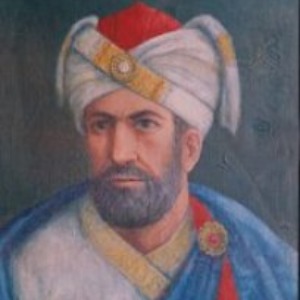
Scholar of history and geography. (B. November 1273,
He is famous with his world history book titled El-Muhtasar fî Târihi'1-Beşer he
completed in 1321. Another work of him titled Takvim-ül-Buldan which is a
short but very valuable geography book was translated into European languages. Ebü’l Fidâ as a ruler always protected scientists and
artists like him. Aside from his administration, he took lectures from famous
scholars of the period. He acquired knowledge in various scientific fields such
as fiqh, tafsir, philosophy, logics, medicine, botanic, history, geography and
syntax. He started to register the happenings at his time starting from very
early dates. Besides he wrote poetry and guided literary developments at his
time. He cared for the needs of people and built numerous mosques, madrasahs
and palaces from which some survived until the present. The Câmiu'l-Hayyât in
Hama is his work. Ebü’l Fidâ passed away in Hama on the 26th of
October 1331 and inhumed to the tomb he built earlier for himself.
His death not only upset the
scholars, but also people of Hama who lived a prosperous and peaceful life
under his just rule. His tomb, which was ruined in time, was repaired in 1925.
WORKS:
El-Muhtasar fî Târihi'1-Beşer (Published in 2 volumes in 1869), Takvîmü'l-Büldân, Nazmü'l-Hâvi'ş-Sağir, Şerhu'l-Kâfiye, Kitâbü'l-Mevâzîn, et-Tibrü'l-Mesbûk fî Târîhi'l-Mülûk, el-Künnâş.